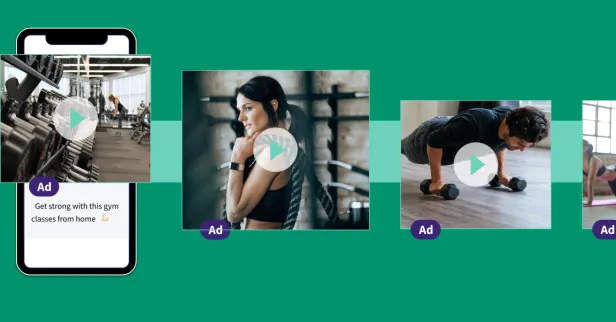You might be familiar with the acronym GIGO. It stands for Garbage In, Garbage Out.
It dates back to the late 1950s, used by US Army Specialist William Mellin when explaining to the press that computers could not truly think for themselves. Which meant that "sloppily programmed" inputs would lead to sloppy and/or incorrect outputs.
Despite our advancements, this statement is as true today as it was back then. Especially when it comes to generative AI tools.
While our Generative AI research consultant Ada is adept at creating custom projects and converting complex data into clear insights, effective communication is key for optimal results. In the following piece, we will explore the significance of prompts and provide valuable insights from our team of experts to help you become a prompt-writing pro:
What are Prompts? And What is Their Role?
Prompts are simply the instructions that you give generative AI tools (like Ada) to produce an output. But prompts aren't just about asking your question or sharing your needs. A well-written prompt will include contextual details about your business, goals, or the challenges you are facing.
When packaged together, this information allows generative AI tools like Ada to create tests tailored to your unique situation, and pick our key insights in your analysis that she knows will be important to you.
10 Tips for Writing Generative AI Prompts
1. Be Specific with Your Objectives
When working with generative AI, general prompts will yield general results. This is why it’s so important to clearly state your goals in your prompt. For example, the prompt: "Identify the top factors influencing purchase decisions among our target demographic." is clear, focused, and direct with the objective.
2. Prioritize Your Objectives
If your request has multiple objectives, make sure that you rank them in order of importance within your prompt. For example, let's say your main objective is to screen new packaging concepts to learn which your customers liked best. But you'd also like to gather some data on purchase intent and potential upgrades for later product updates. A good prompt for this might be: "I need to screen my new packaging concepts to find out which is most popular with my target audience. Additionally, I would like to gather information on purchase intent and ways I can improve my product."
3. Consider Open-Ended vs. Closed-Ended Responses
Before you begin drafting your prompt, consider whether you want Ada to explore a topic broadly or, instead, answer a specific question. For example, asking Ada: “What are some of the key insights from my data?” would yield very different results from asking: "What market segment would be most likely to purchase my product?"
4. Ask for Summaries and Key Takeaways
Ada is fantastic at summarizing your data and distilling it into bite-sized insights. Once you have data to analyze, try a prompt like: "Summarize the three most critical insights from this research for quick executive review."
5. Ask for Comparative Analysis
Any prompts that encourage Ada to compare data segments can reveal interesting trends and outliers you may have otherwise missed. For this example, let's say you needed to better understand how different generations felt about your product. You could consider a prompt like: "Compare the satisfaction levels across different age groups for our latest product."
6. Seek Cause and Effect
Ada is also fantastic at evaluating and investing potential relationships between variables. Consider trying prompts like, "What is the correlation between ad exposure frequency and brand recall?"
7. Request for Predictive Insights
A large facet of consumer research is uncovering trends early to give your organization time to act. To accomplish this, you can ask Ada: "What do the patterns in the current data suggest about upcoming market shifts?"
8. Explore Segment-Specific Data
If you are curious about any data that deviates from the norm, try using the prompt: "Highlight any unexpected responses in the data and provide possible reasons.
9. Inquire About Anomalies
If you are curious about any data that deviates from the norm, try using the prompt: "Highlight any unexpected responses in the data and provide possible reasons.
10. Focus on Actionable Insights
After you've gathered your insights, you can collaborate with Ada on the best ways to apply your findings. Prompts like: "Suggest actionable steps based on the most significant findings from the test" can turn data into decisions.
Remember, creating the perfect prompt is a skill that you can develop over time with practice. Great prompts, paired with Ada's analytical prowess can unlock a treasure trove of insights from your marketing research tests.
Generative AI with SightX
At SightX, we have always pushed the boundaries of market research. Our powerful tools, advanced methodologies, and automated systems have made our client’s lives easier for years.
But with our new Generative AI research consultant Ada, we are changing the game.
By harnessing the power of OpenAI’s GPT, Ada is ready to transform the way you gather insights. See for yourself:
